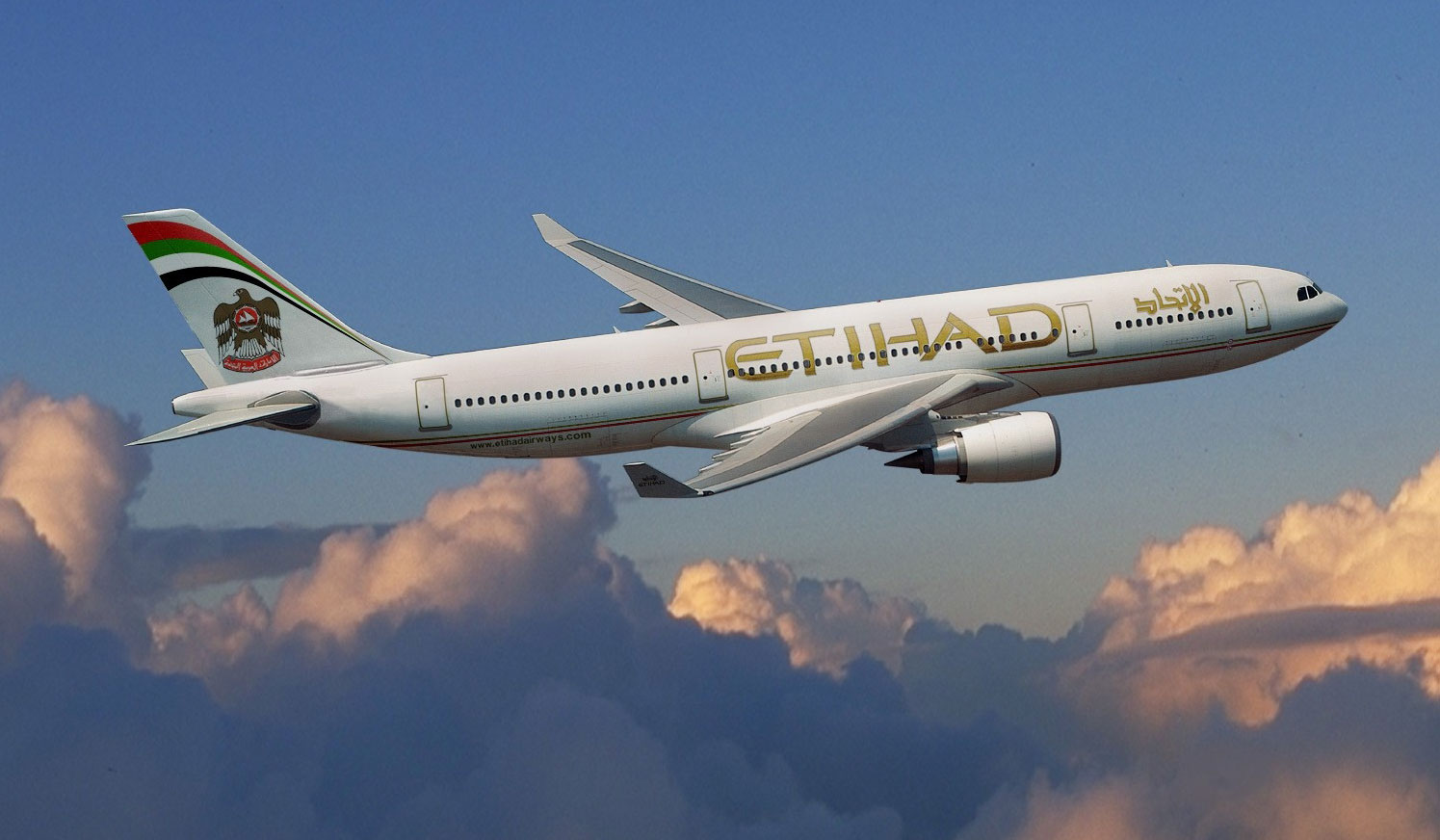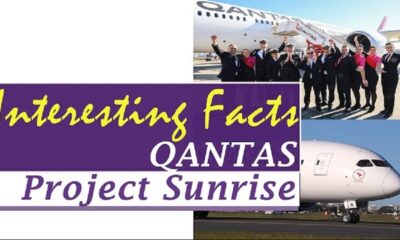Aerospace
Worlds top 10 Excellent Airlines

As per the AirlineRatings.com has announced along with its Airline Excellence Awards its Top Ten airlines for 2015.Heading the list is Air New Zealand followed by Etihad Airways, Cathay Pacific Airways, Qantas Airways, Emirates, Singapore Airlines, EVA Air, Lufthansa, All Nippon Airways and British Airways.To be named in the top ten, airlines must achieve a seven star safety rating and demonstrate leadership in innovation for passenger comfort.

Air New Zealand- Air New Zealand has made a fine recovery after a period of financial turmoil in the early 2000s. This renaissance culminated with AirlineRatings.com recently naming it the best airline in the world. Air New Zealand has not suffered any significant incidents in the past couple of decades.

Singapore Airlines- Singapore Airlines is universally lauded for its high quality service and efficient operations. It is also Business Insider’s pick for the best airline in the world. The Changi Airport-based carrier has been accident free since 2000.

All Nippon Airline(ANA): ANA has been recognized as a 5-star airline for the third consecutive year! , Commenced domestic services in 1954 With Japan Airlines’ monopoly on international routes, ANA’s international services did not begin until 1986. Joined Star Alliance in 1999 . Has taken control of several airline subsidiaries over the past decade including a joint venture with Malaysian low cost carrier AirAsia . Japan’s largest airline now .Flies to over 50 domestic and 36 international destinations

British Airways- British Airways is one of the biggest and most decorated airlines in Europe. Although it’s been in the news in recent years for a couple of incidents, the airline has only suffered one fatal crash — in 1976— since its formation in 1974.
.jpg)
Cathay Pacific- As AirlineRatings .com recently awarded Cathay Pacific with the honor of best business class accommodations in the world. As comfortable as its business class service may be, the airline is just as competent in terms of safety. Outside of terrorist attacks, Cathay Pacific has not suffered a fatal accident since the 1960s.

Emirates Airlines- Emirates Airlines: Since its inception in 1985, Emirates has grown to become one of the biggest players in the industry. And in those 30 years, the airline has maintained a near-perfect safety record — not suffering a single fatal accident.

Etihad- Like its Emirates neighbor, Abu Dhabi’s Etihad has maintained an unblemished safety record. It’s truly remarkable how quickly the decade-old airline has grown in scale and reputation.

EVA Air- Taiwan’s EVA Air was recently named the best long haul airline in Asia by AirlineRatings.com. The airline has not suffered any major accidents since its founding in 1988.

Lufthansa- Germany’s Lufthansa is a European aviation juggernaut. In operation since 1955, the Frankfurt-based carrier was recently named Europe’s best long haul airline by the website. It has not suffered any fatal accidents since 1993.

Qantas- Qantas is the Volvo of the airline industry — a company whose reputation and mystique is built upon its clean safety record. This is for good reason. The 93 year-old airline has not had a fatal crash since 1951.
“We are looking for leaders in the industry, airlines that go the extra distance to make a real difference to the passenger experience,” said Geoffrey Thomas AirlineRatings.com Editor-in-Chief “While we do not have a public vote we do consider website feedback from passengers when making our final decisions.”
Mr Thomas noted a big mover this year was Etihad Airways which jumped from 6th to second place, while Qantas moved from 5th to 4th. This year British Airways made the top ten for the first time as did Lufthansa and EVA Air.
Source : Airlinerating.com , Best-Tour-Deal , Pic courtesy : Respective Airline gallery collection .

Aerospace
Which is bigger 777x or 787 aircraft ?

The 777X is a new series of the Boeing 777 family and is designed to be larger and more efficient than its predecessor. It features two variants: the 777-8 and the 777-9, being the larger of the two.
The Boeing 777X emerges as the larger sibling within the Boeing family, representing a significant leap forward in both size and efficiency. Comprising two variants, the 777-8 and the 777-9, the latter takes the crown as the larger of the two. With its expansive fuselage and impressive wingspan, the 777X is tailored for long-range journeys and boasts a substantial passenger capacity.
On the other hand, the Boeing 787, affectionately known as the Dreamliner, occupies a niche in the market as a smaller yet formidable aircraft designed for medium to long-range flights. Its distinguishing feature lies in its composite fuselage, a technological marvel that renders it lighter and more fuel-efficient compared to conventional aluminum counterparts. The Boeing 777X is larger than the Boeing 787 aircraft.
When it comes to passenger capacity, the 777-9 reigns supreme, typically accommodating a sizeable contingent of 400-425 passengers in its standard configuration. In contrast, the 787, with its more modest dimensions, typically carries between 240-290 passengers, depending on the variant and layout.
One of the remarkable innovations introduced with the 777X is its folding wingtips, a feature designed to address the logistical challenges of accommodating such a large aircraft in conventional airport gates. These folding wingtips enable the 777X to retract its wings, allowing it to fit into gates designed for smaller aircraft while still reaping the benefits of an extended wingspan during flight, thereby enhancing fuel efficiency and operational flexibility
Aerospace
China Secures Production Certificate for Mass Production of Pilotless eVTOL Aircraft

The first passenger-carrying pilotless electric vertical takeoff and landing (eVTOL) aircraft in the world, the EH216-S, has received the Production Certificate for its eVTOL aircraft from the Civil Aviation Administration of China (CAAC).
This is a significant milestone for EHang Holdings Limited, the leading UAM technology platform company in the world. This outstanding accomplishment is another big step towards mass manufacturing for the eVTOL aircraft and the ensuing commercial operations, building on the ground-breaking acquisition of the Type Certificate and the Standard Airworthiness Certificate for the EH216-S.
The PC is a crucial certificate that the aircraft maker receives from the CAAC, the country’s aviation authority. By obtaining this certificate, EHang has demonstrated that it has set up a quality management system for mass production that satisfies the airworthiness regulation standards set forth by the CAAC, and the company has been given permission to continue producing mass quantities.
It is also a strong guarantee of the calibre of the goods made by EHang. Raw materials, supplier management, manufacturing organisation, production quality control, aircraft pre-delivery test, after-sales repair and maintenance, etc. are all included in the mass production quality management system for the EH216-S.
To ensure that every aircraft and its components that roll off the production line strictly adhere to the approved type design and safety requirements, the system sets clear guidelines and documentation for every step in the production procedure. This ensures comprehensive traceability and safety control.
Aerospace
Four Airbus A380 Superjumbos lined up to be scrapped

In a strategic move aimed at reclaiming valuable resources from the iconic Airbus A380 aircraft, VAS Aero Services and Dr. Peters Group have announced a significant collaboration.
This partnership marks a milestone in aviation logistics and aftermarket services, with four of these colossal planes slated for teardown and redistribution of used serviceable material (USM).
The venture between VAS Aero Services, renowned for its expertise in aircraft dismantlement, and Dr. Peters Group, a prominent Germany-based investment fund management firm, underscores a commitment to sustainable aviation practices. This isn’t their first foray into scrapping A380s; their successful partnership has already seen the dismantlement of these aircraft, making them pioneers in this niche.
Under the agreement, the latest consignment brings the tally to eight A380s entrusted to VAS by Dr. Peters Group. Managing Director Christian Mailly of Dr. Peters Group emphasized the trust placed in VAS, citing their unparalleled capabilities in dismantlement and aftermarket sales network. It’s a strategic move in response to the growing demand for quality USM parts, particularly with the resurgence in reliance on the A380.
Notably, the teardown process will be carried out at various locations, optimizing the positioning of harvested parts to cater to different markets. While some parts will be positioned in Europe to support operators in the region and the Middle East, others will remain in the Asia-Pacific region. This meticulous strategy ensures efficient access to spare parts, benefiting MROs and airlines across these markets.
The decision to retire these A380s comes at a time when operators are reassessing fleet strategies amidst evolving market dynamics. Despite initial plans for quick retirement due to the emergence of more fuel-efficient alternatives, factors such as a rebound in long-haul demand and delays in new widebody deliveries have prompted operators to reconsider. The A380, with its unique capacity and capabilities, presents a practical solution for short-term capacity management.


























